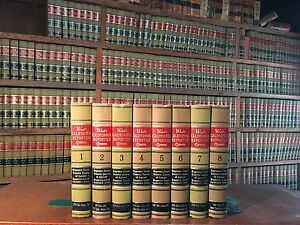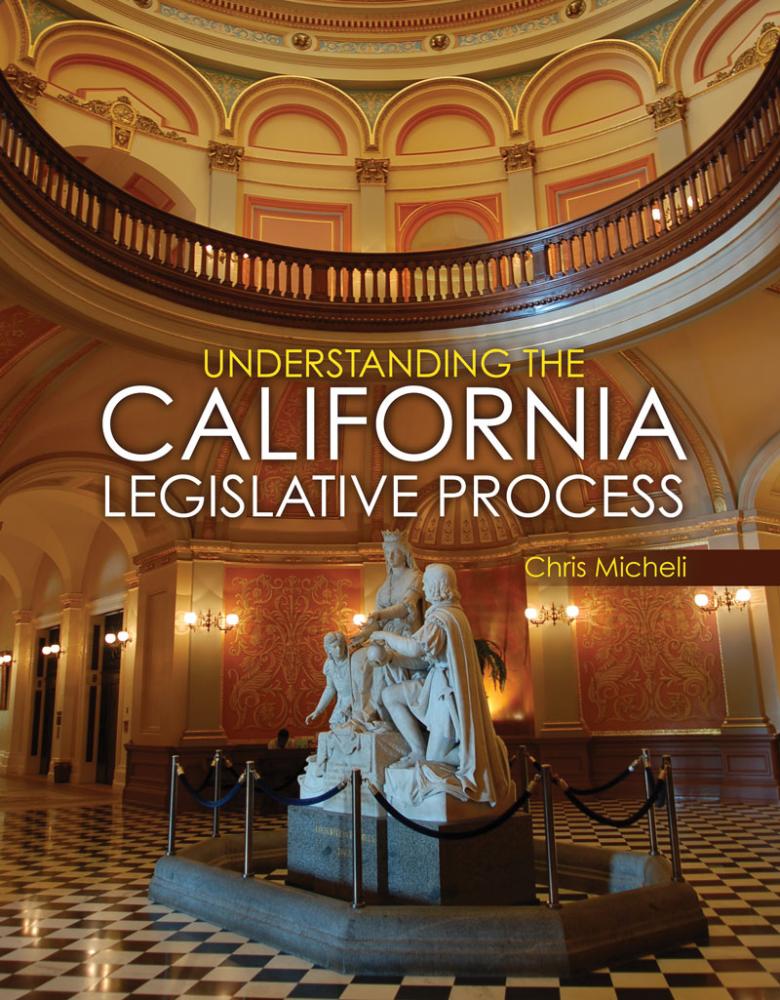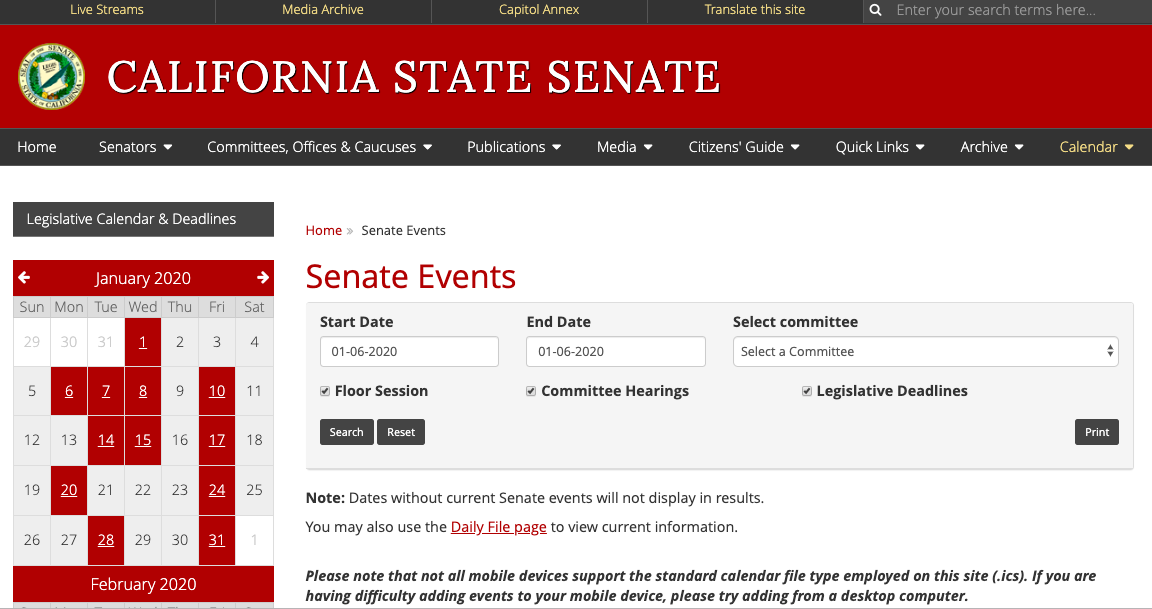
California State Capitol. (Photo: Kevin Sanders for California Globe)
Limits on Certain Types of California Legislative Measures
Prop. 219 was placed on the statewide ballot by the Legislature through passage of SCA 18
By Chris Micheli, December 29, 2021 6:54 am
Article IV, Section 8.5 was added to the California Constitution by Proposition 219, the “Uniform Application of Ballot Measures Amendment,” at the June 1998 statewide primary election, to require ballot measures, initiatives, referrals, and local measures, to apply uniformly to all in the jurisdiction voting on the measure.
Section 8.5 provides the following:
An act amending an initiative statute, an act providing for the issuance of bonds, or a constitutional amendment proposed by the Legislature and submitted to the voters for approval may not do either of the following:
(a) Include or exclude any political subdivision of the State from the application or effect of its provisions based upon approval or disapproval of the measure, or based upon the casting of a specified percentage of votes in favor of the measure, by the electors of that political subdivision.
(b) Contain alternative or cumulative provisions wherein one or more of those provisions would become law depending upon the casting of a specified percentage of votes for or against the measure.
What do these provisions mean?
Prop. 219 was placed on the statewide ballot by the Legislature through passage of SCA 18 (Lewis). There were official arguments in support by State Senator John Lewis, but there were no official arguments submitted in opposition to Prop. 219. The voters approved the measure.
According to the ballot measure summary, Prop. 219 amended the state Constitution to “require statewide/local ballot measure to apply in all parts of jurisdiction, regardless of how parts of jurisdiction voted. Prohibits alternative versions of a measure from becoming law based upon specified voter percentage.”
In addition, according to what your vote means, “a YES vote on this measure means: State and local ballot measures would apply in the same way in all parts of the jurisdiction (that is, the state or a local government) affected by the measure, regardless of how any individual part of that jurisdiction voted. In addition, ballot measures could not contain different provisions that would be enacted depending on the percentage of votes case in favor of the measure.”
First, Section 8.5 applies to any of the following types of measures:
- An act amending an initiative statute (the Legislature can enact a statute to amend an initiative passed by the voters so long as the initiative itself specifies that the Legislature may amend it and under what circumstances); or
- An act providing for the issuance of bonds (the Legislature can enact a statute to place before the voters a measure that would require the issuance of bonds for a specified purpose); or
- A constitutional amendment proposed by the Legislature and submitted to the voters for approval (the Legislature by a 2/3 vote can place a proposed constitutional amendment on the statewide ballot for a vote by the electorate).
Second, Section 8.5 prohibits any of these three types of measures from doing either of the following:
- Including or excluding any political subdivision of the State (which includes a city, county, special district, school district, etc.) from the application or effect of the measure’s provisions based on whether the measure was approved or rejected by the political subdivision’s voters, or based upon the casting of a specified percentage of votes in favor of the measure by the political subdivision’s voters (which means that a measure will apply the same way in all parts of the jurisdiction no matter how any part of the jurisdiction may have voted); or
- Containing alternative or cumulative provisions which would become law depending upon the casting of a specified percentage of votes for or against the measure by the political subdivision’s voters.
So, the purpose of Prop. 219 is to ensure that all areas of the state, or all areas of a local jurisdiction, are treated the same way by a measure regardless of how the electorate voted on the measure. In other words, the areas of a jurisdiction that voted against a measure do not suffer adverse consequences from doing so. Likewise, the areas of a jurisdiction that voted in favor of a measure do not get greater benefits for doing so.
- Mistakes in Legal Pleadings - December 23, 2025
- The Division of Property Concerning Retirement Plan Benefits - December 23, 2025
- Enforcement of the UCCJAEA - December 22, 2025




